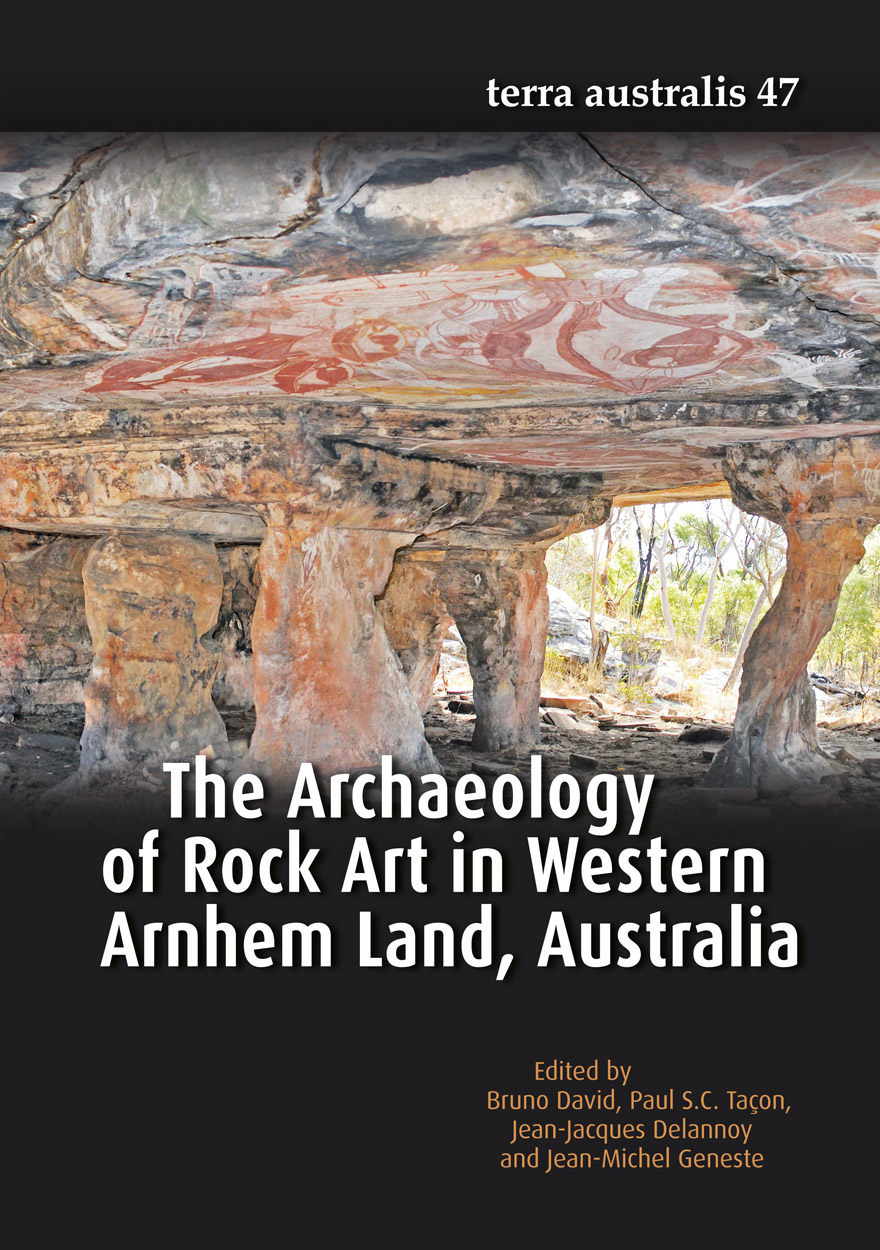Publication date: September 2022
Australia has one of the largest inventories of rock art in the world with pictographs and petroglyphs found almost anywhere that has suitable rock surfaces – in rock shelters and caves, on boulders and rock platforms. First Nations people have been marking these places with figurative imagery, abstract designs, stencils and prints for tens of thousands of years, often engaging with earlier rock markings. The art reflects and expresses changing experiences within landscapes over time, spirituality, history, law and lore, as well as relationships between individuals and groups of people, plants, animals, land and Ancestral Beings that are said to have created the world, including some rock art. Since the late 1700s, people arriving in Australia have been fascinated with the rock art they encountered, with detailed studies commencing in the late 1800s. Through the 1900s an impressive body of research on Australian rock art was undertaken, with dedicated academic study using archaeological methods employed since the late 1940s. Since then, Australian rock art has been researched from various perspectives, including that of Traditional Owners, custodians and other community members. Through the 1900s, there was also growing interest in Australian rock art from researchers across the globe, leading many to visit or migrate to Australia to undertake rock art research. In this volume, the varied histories of Australian rock art research from different parts of the country are explored not only in terms of key researchers, developments and changes over time, but also the crucial role of First Nations people themselves in investigations of this key component of their living heritage.





